How To Grow Carnations From Cut Bouquet Flowers
Carnations can be grown from cut flowers by placing healthy flowers in different mediums like water, soil, or rooting hormone.
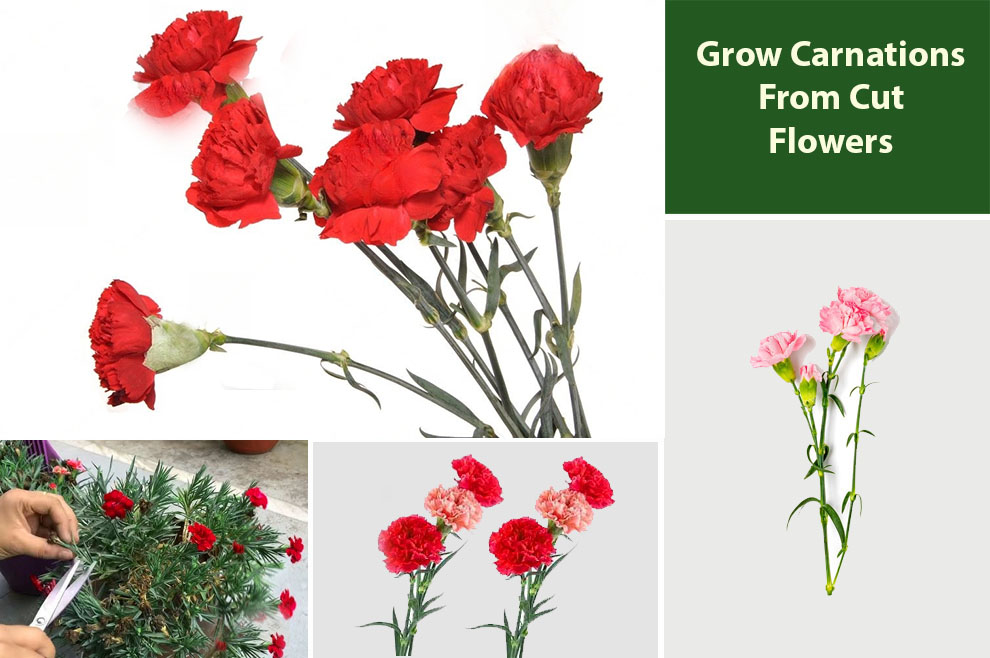
Carnations, loved for their delightful fragrance and vibrant hues, have long held a loving place in floral arrangements. These spectacular blooms, known for symbolizing fascination, love, and distinction, have enchanted enthusiasts for centuries.
Their enduring popularity in decorations and bouquets makes them an all-time preferred selection amongst professional florists and flower lovers.
While people love and appreciate their aesthetic appeal, many do not realize the rewarding journey of growing new carnations from cut flowers. Sadly, they do not know how to grow carnations from cut flowers.
But fortunately, with slight care and attention, you can witness the transformation of these seemingly temporary blooms into the thriving plants that adorn your garden with their appeal.
The carnation propagation process from cut flowers is a delightful endeavor that lets you connect with nature intimately and cultivate a long-lasting bond with these flowers.
This guide will take you through a concise yet insightful method of cultivating carnations from cut flowers. Let us get started.
Step 1 – Choose Suitable Cut Carnation Flowers
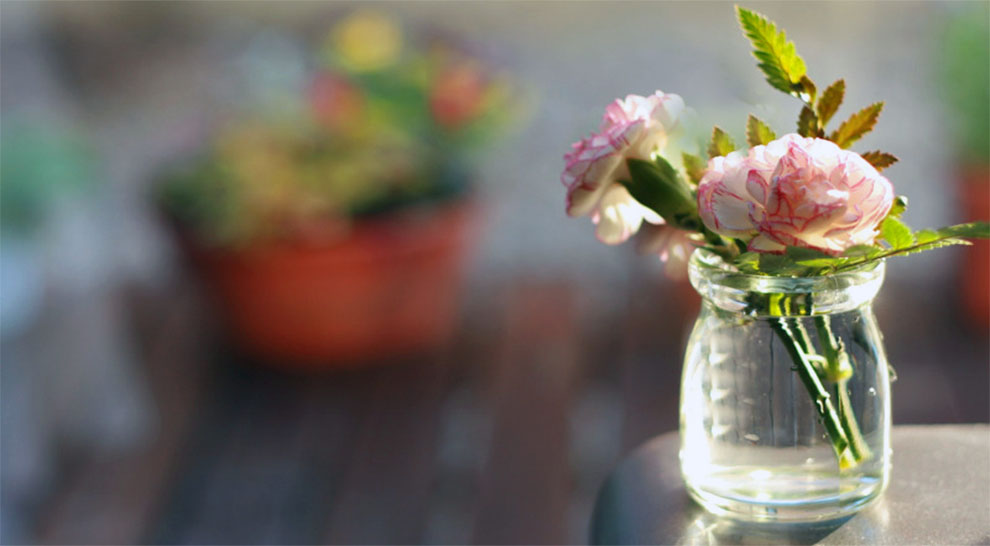
08/19/2022 | MARY JANE FROGGE, EXTENSION ASSOCIATE
The most crucial step to learning to grow carnations from cut flowers is picking suitable specimens. Below are vital guidelines to help you select ideal candidates for successful propagation:
1. Identify the fresh and healthy carnation cut flowers: Inspect the carnation varieties with vibrant petals, firm stems, and zero signs of discoloration or wilting.
Do not pick flowers that look damaged or have yellow or brown edges, as they may not root well.
2. Consider factors like overall appearance, size, and color: Pick cut flowers with the size and color you desire for your new carnation plants.
Please know these characteristics will pass to your newly propagated plants.
3. Do not pick cut flowers treated with pesticides or preservatives: These may hamper the propagation process. Instead, look for untreated flowers to ensure greater chances of successful growth.
By cautiously choosing untreated, healthy-cut flowers with desirable attributes, you lay the foundation for a successful propagation process.
With your chosen cut flowers, let us proceed to the following steps to metamorphose them into flourishing carnation plants.
Step 2 – Preparing Cut Carnation Flowers for Propagation
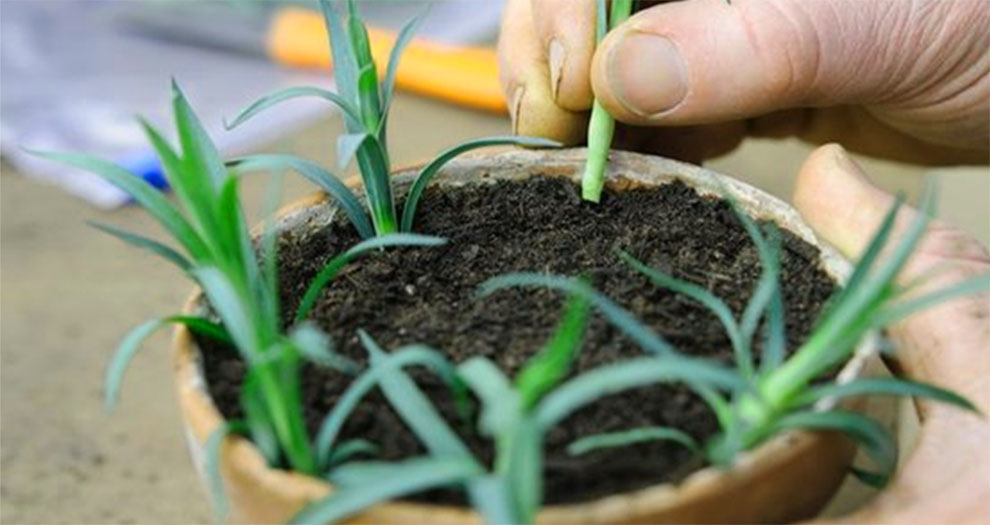
Now that you know the answer to “Can you propagate carnations from cut flowers?” is a big yes, let’s move ahead.
To give your selected carnation cut flowers the chance of successfully growing and rooting into healthy plants, you must prep them adequately.
Read the steps below:
1. Remove the wrapping materials or packaging: Unwrap the cut flowers cautiously, removing the paper wrapping, plastic sleeves, or rubber bands.
Now handle the flowers gently to not damage the delicate stems and petals.
2. Trim the stem ends at an angle to allow water absorption: Using a clean, sharp pair of pruning shears or scissors, trim the bottom of every carnation stem at a 45-degree angle.
It improves the surface area for water absorption and lets the flowers extract ample moisture.
3. Remove the flower parts or leaves that will submerge into the water: Examine the stems and remove the lower flower parts or leaves that you be underneath the water level when inserted in a container or vase.
Submerged foliage decays and causes bacterial growth, potentially hindering the propagation process.
With these precautionary measures, you build a conducive environment for your carnation cuttings to thrive.
Step 3 – Ways To Propagate Cut Carnations Flowers (3 Different Mediums)
Broadly, there are three top ways for carnation propagation. We will cover them in detail below.
A. Water Propagation Method
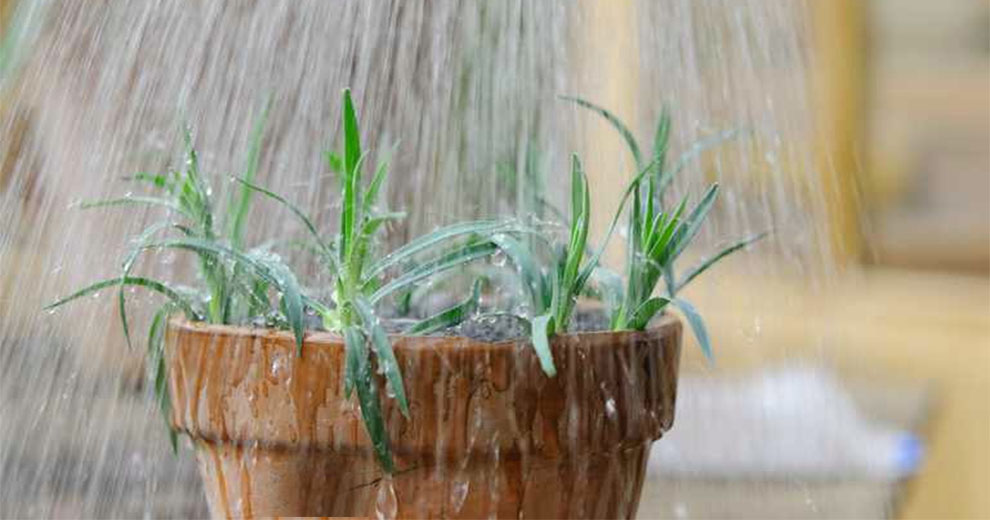
It is a straightforward and popular method of growing carnations from cuttings. Under this, you will put freshly cut carnation stems in a water container where they develop roots sans any soil.
This method employs the natural ability of the stem to yield new roots, letting the cuttings extract nutrients and water from the surrounding environment.
It is an excellent method to nurture and observe the early root development stages, making it better suited for beginners or those hoping to examine the propagation process up close.
To initiate water propagation, carefully chop the selected carnation stems at an angle and submerge their lower portion, including at least two nodes, in a clean container with room-temperature water.
Nodes are the stem points from where the leaves emerge, as they are vital for root growth. Keep the container in a well-lit area away from direct sun and maintain a stable water level to offer a conducive environment for root formation.
Regularly change the water in the container every few days to prevent harmful bacteria build-up. Bacterial growth in the water may result in rot and intervene with the rooting process.
Hence, you form a conducive environment that encourages root development by keeping the water fresh and clean. Further, ensure no flower parts or leaves are submerged in water, as this may promote bacterial growth too.
Consistent water changes support the successful transition from cuttings to rooted carnation plants, offering a solid foundation for their development.
B. Rooting Hormone Method
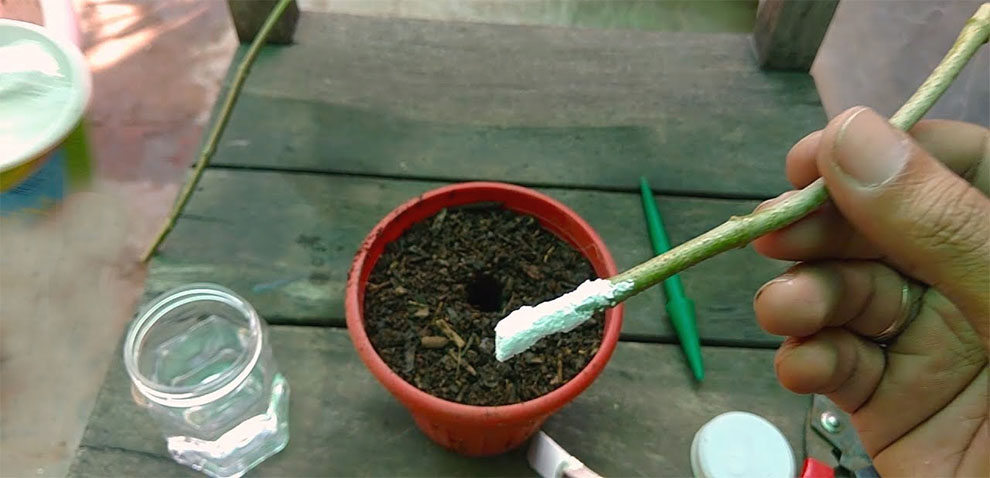
The rooting hormone is a substance that comes in liquid, gel, or powder form. It helps propagate the plants from cuttings and contains growth-promoting compounds, such as auxins, which stimulate cell division and help with root formation.
When applied to the carnation stem’s cut end, root hormone amplifies the probability of successful root development, resulting in faster and more robust growth of new plants.
This method is typically beneficial for difficult-to-rot plants like carnations, as it amplifies the cuttings’ success rate and boosts the overall propagation process.
Next, make a clean, diagonal cut at the stem’s base and dip this freshly cut end into the rooting hormone. Coat it evenly with the substance. The hormone will stimulate cell growth in the stem, triggering root development.
Please follow the manufacturer’s guidelines regarding the rooting hormone application to avoid overdosing. It could be counterproductive for the rooting process.
Upon applying the rooting hormone, plant the treated carnation stems in a suitable growing medium, such as vermiculite or a well-draining potting mix. Insert the stem deep enough to cover at least two leaf junctions.
The chosen medium must offer ample aeration and moisture retention to help with root development. Place the container in a well-lit area, away from direct sun, and keep the soil moist till the roots establish.
C. Soil Propagation Method
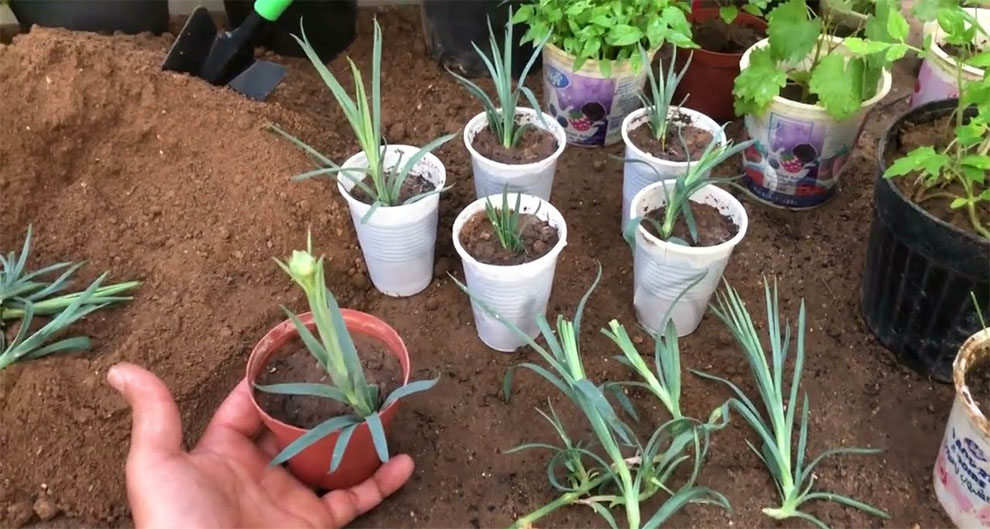
People often ask us, ‘Can you grow carnations from flowers with the soil propagation method?’ Yes. Let us find out how!
For propagating carnations with the soil method, prep a well-draining potting mix that offers the ideal environment for root development.
A combination of vermiculite, perlite, and peat moss ensures good aeration and avoids waterlogged conditions that may trigger root rot.
This mix offers the correct drainage and moisture retention balance, promoting healthy root growth for the carnation cuttings.
When your potting mix is ready, create a diagonal, clean cut at the selected carnation stem’s base. Create a minute hole in the potting mix using your finger or pencil and gently place the stem into it.
Ensure that at least two nodes are buried in the soil to encourage root development. Press the soil gently around the cuttings to ensure stability.
Once you plant the carnation cuttings, water the potting mix evenly until moist but not waterlogged. Further, maintain consistent moisture levels by regularly watering the cuttings.
Do not overwater, as too much moisture may trigger root rot. To retain the moisture, create a suitable microenvironment for the cuttings, cover them with a transparent plastic dome, or put the container in a plastic bag to establish a mini-greenhouse effect.
Following this soil propagation method, you provide a nurturing environment for the carnation cuttings. It helps the carnations establish a robust root system and develop into vibrant and healthy plants.
Step 4 – Creating a Suitable Environment
Creating a conducive environment is vital for carnation cuttings’ successful growth. You must provide the plant with filtered light or indirect sun to avoid sunburn and promote healthy photosynthesis.
Maintain a consistent temperature between 65 and 75°F (18 and 24°C). Further, ensure the humidity levels remain moderate to prevent excess moisture and plant drying out.
Guard the cuttings against harsh environmental conditions, such as extreme temperatures or strong winds, as these can impair root development.
By carefully catering to these factors, you can establish an ideal setting that helps your cuttings thrive, resulting in robust carnation plants that flourish and enchant their attractive blooms.
Step 5 – Root Development and Transplanting
It is a crucial step in learning how to grow carnations from bouquets. You must monitor your cuttings regularly for signs of successful rooting. Check for new growth, such as a healthy root system and emerging leaves.
After the cuttings show robust roots, they are ready for transplantation. Cautiously remove them from their initial container and move them to a larger pot with well-draining soil.
Alternatively, you can also plant them directly into the prepared garden beds. Transplanting lets the young carnations grow and flourish in a more spacious environment, setting the stage for abundant blooms and ensuring a colorful and vibrant addition to your landscape or garden.
Step 6 – Care and Maintenance
Carnation’s care and maintenance are imperative for their long-term vibrancy and health. You must water the plants regularly, but keep the soil moist and not waterlogged.
Use a balanced plant food to promote abundant blooms and healthy growth. Prune the dead stems and faded flowers to encourage new growth and maintain a neat appearance.
Young carnations need protection from diseases and pests. Inspect regularly and address any issues promptly. Incorporate natural pest control methods and use apt treatments if necessary.
Carnations are one of the most beautiful types of flower. For indoor carnation plants, gradually acclimate to outdoor conditions before transplanting. It guarantees a seamless transition.
Follow these care practices to ensure your carnations thrive, gracing your garden with their charm and beauty in many years to come.
Buy Carnations Seeds Online
Here’s how to grow carnations from seeds by directly sowing them in the soil.
